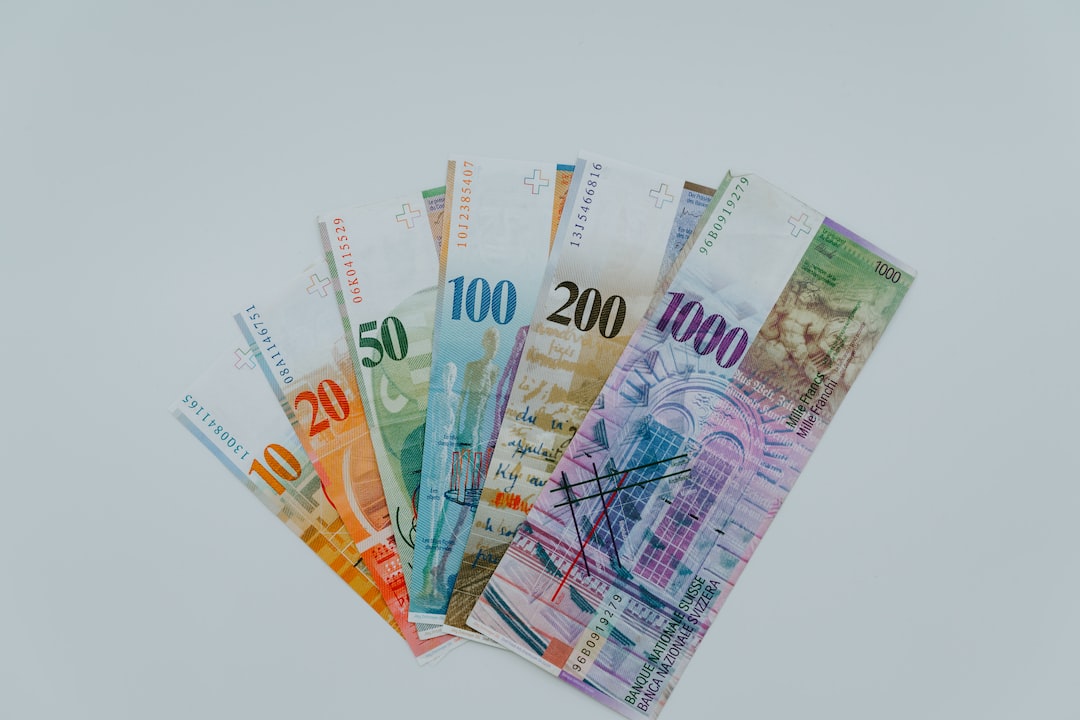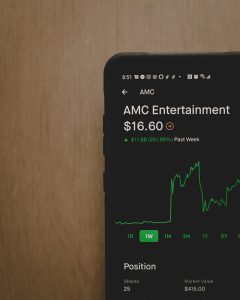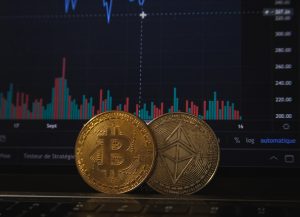Forex trading can be a lucrative venture, but it can also be confusing and frustrating, especially for novice traders. One of the most common issues traders face is the difference between their take profit and actual profit. This difference can be quite significant, and it can be frustrating for traders who expect to earn a certain amount of money, only to find out that they have earned much less than they anticipated.
Why is my forex take profit different from my actual profit?
The answer to this question is simple – the forex market is volatile, and prices can fluctuate rapidly. Take profit is a predetermined level at which a trader aims to take profits on a particular trade. However, the actual profit may differ from the take profit due to market volatility, slippage, and other factors.
Market Volatility
The forex market is known for its volatility, which means that prices can move quickly and erratically. This volatility can make it difficult for traders to predict the direction of the market accurately. When the market is volatile, the price may move past the take profit level before the trade can be closed, resulting in a different actual profit than the intended take profit.
Slippage
Another factor that can cause a difference between the take profit and actual profit is slippage. Slippage occurs when there is a difference between the price at which a trader places an order and the price at which the order is executed. This difference can occur due to market volatility, liquidity issues, or technical issues with the trading platform.
For example, if a trader places a sell order at 1.2000 with a take profit of 1.1900, but the order is executed at 1.1995 due to slippage, the actual profit will be less than the intended take profit.
Liquidity Issues
Liquidity is a measure of how easily an asset can be bought or sold without affecting its price. In the forex market, liquidity can vary depending on the currency pair being traded, the time of day, and other factors. When liquidity is low, it can be difficult to execute trades at the intended price, leading to slippage and a difference between the take profit and actual profit.
Technical Issues
Finally, technical issues with the trading platform can also cause a difference between the take profit and actual profit. For example, if there is a delay in the execution of the order, the price may move past the take profit level, resulting in a different actual profit than the intended take profit.
How to reduce the difference between take profit and actual profit?
While it may be impossible to completely eliminate the difference between take profit and actual profit, there are several strategies that traders can use to reduce this difference.
The first strategy is to use a stop loss order. A stop loss order is an order that is placed to close a trade at a certain price if the market moves against the trader. By using a stop loss order, traders can limit their potential losses if the market moves in an unexpected direction.
Another strategy is to use a trailing stop order. A trailing stop order is a stop loss order that is placed at a certain distance from the current market price. As the market moves in the trader’s favor, the trailing stop order will move with it, locking in profits and reducing the potential difference between take profit and actual profit.
Lastly, traders can consider using a more conservative take profit level. By setting a take profit level that is closer to the current market price, traders can reduce the potential difference between take profit and actual profit, while still locking in profits.
Conclusion
In conclusion, the difference between take profit and actual profit is a common issue that forex traders face. This difference can be caused by market volatility, slippage, liquidity issues, and technical issues with the trading platform. While it may be impossible to completely eliminate this difference, traders can reduce it by using stop loss orders, trailing stop orders, and more conservative take profit levels. By implementing these strategies, traders can increase their chances of success in the forex market.





